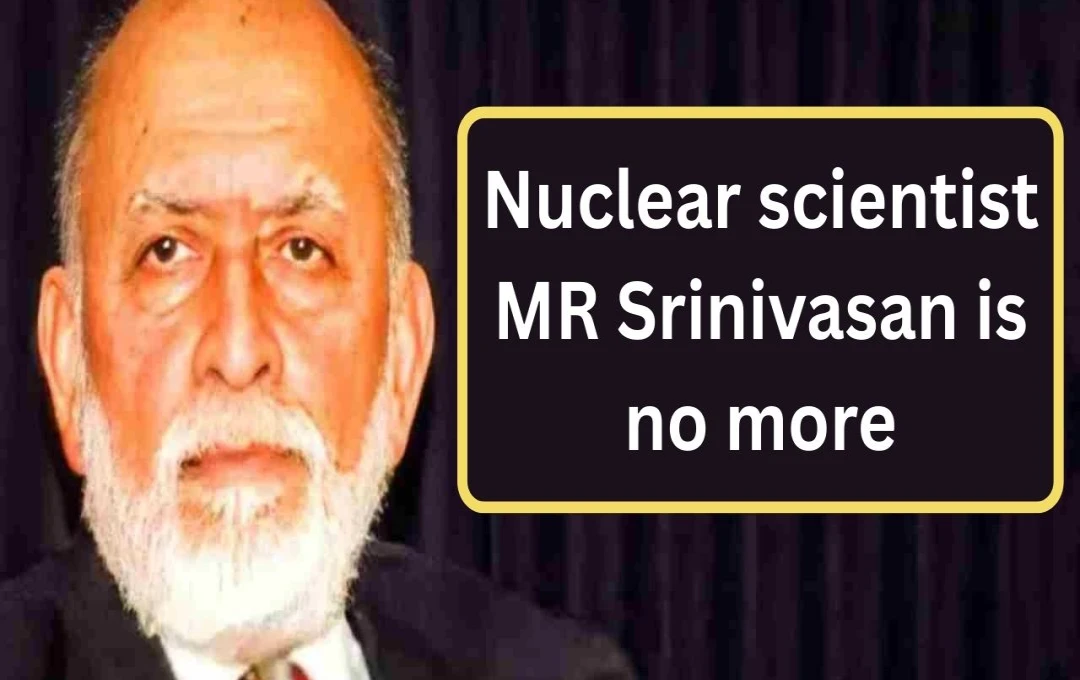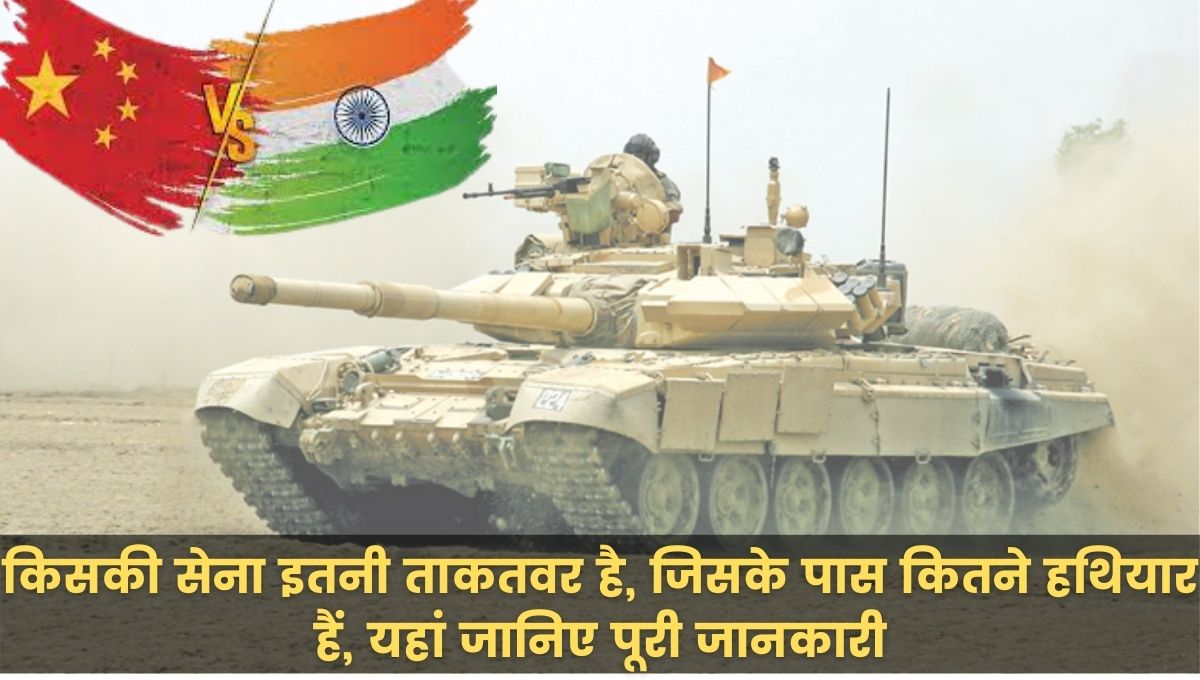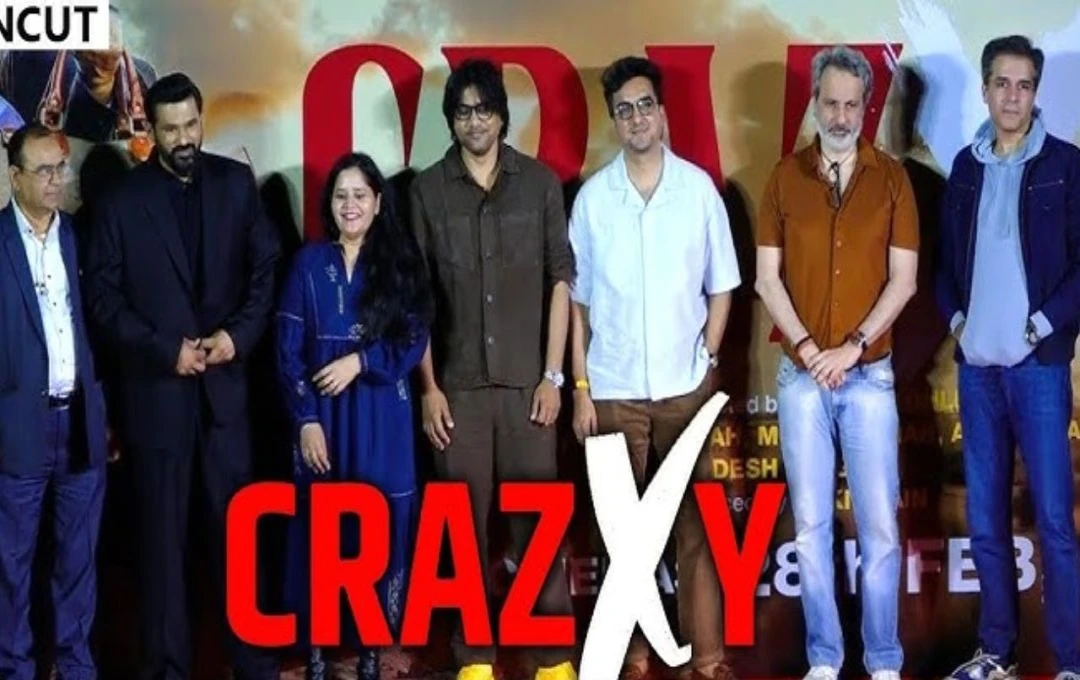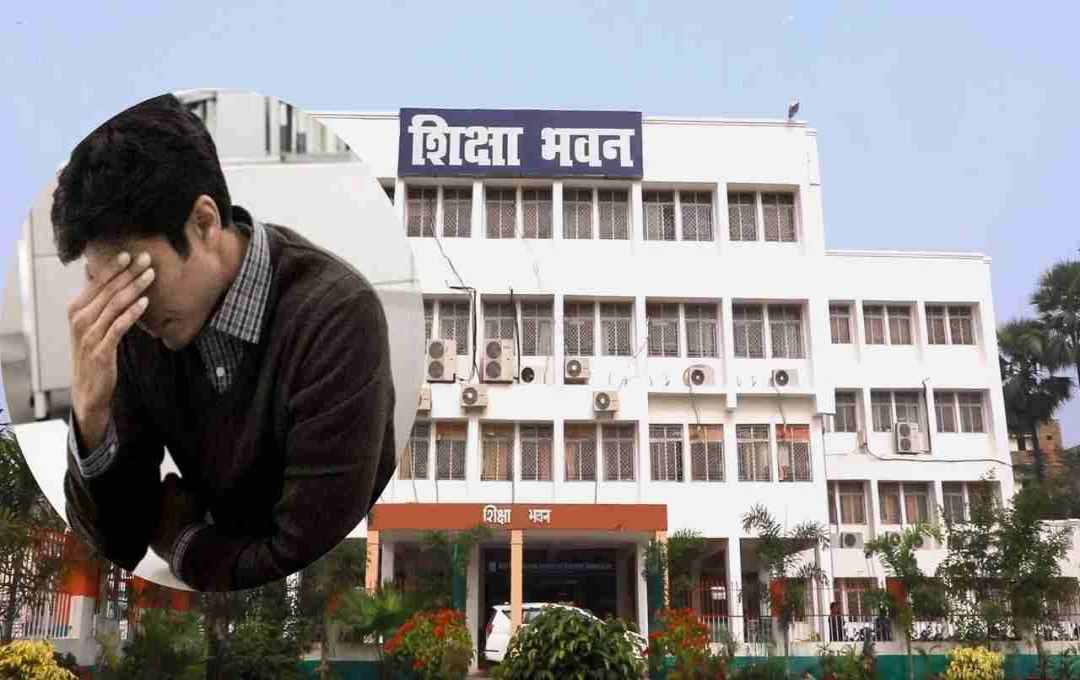Dr. Malur Ramasami Srinivasan, a senior scientist instrumental in strengthening the foundation of India's nuclear energy program, passed away on May 20, 2025, in Ooty, Tamil Nadu, at the age of 95. He was among the select few scientists who laid the groundwork for the future of science and technology in independent India.
New Delhi: Dr. M.R. Srinivasan, a senior scientist who provided direction to India's nuclear programs, passed away on Tuesday (May 20, 2025) in Ooty at the age of 95. He was known as a prominent pillar in the country's nuclear energy sector. He had the honor of working alongside Dr. Homi Jehangir Bhabha, considered the father of India's nuclear program.
Dr. Srinivasan played a crucial role, alongside Dr. Bhabha, in the construction of India's first nuclear research reactor, 'Apsara,' successfully completed in August 1956. His contribution will always be remembered in the history of Indian scientific and technological progress.
Early Scientific Life
Dr. Srinivasan was born on January 5, 1930, in Bengaluru, the capital of Karnataka. He received his early education from Mysore's Intermediate College, where he chose Sanskrit and English as his main language subjects. His interest in science was evident from childhood. Although physics was his favorite subject, he chose engineering as his career and obtained a bachelor's degree in Mechanical Engineering.
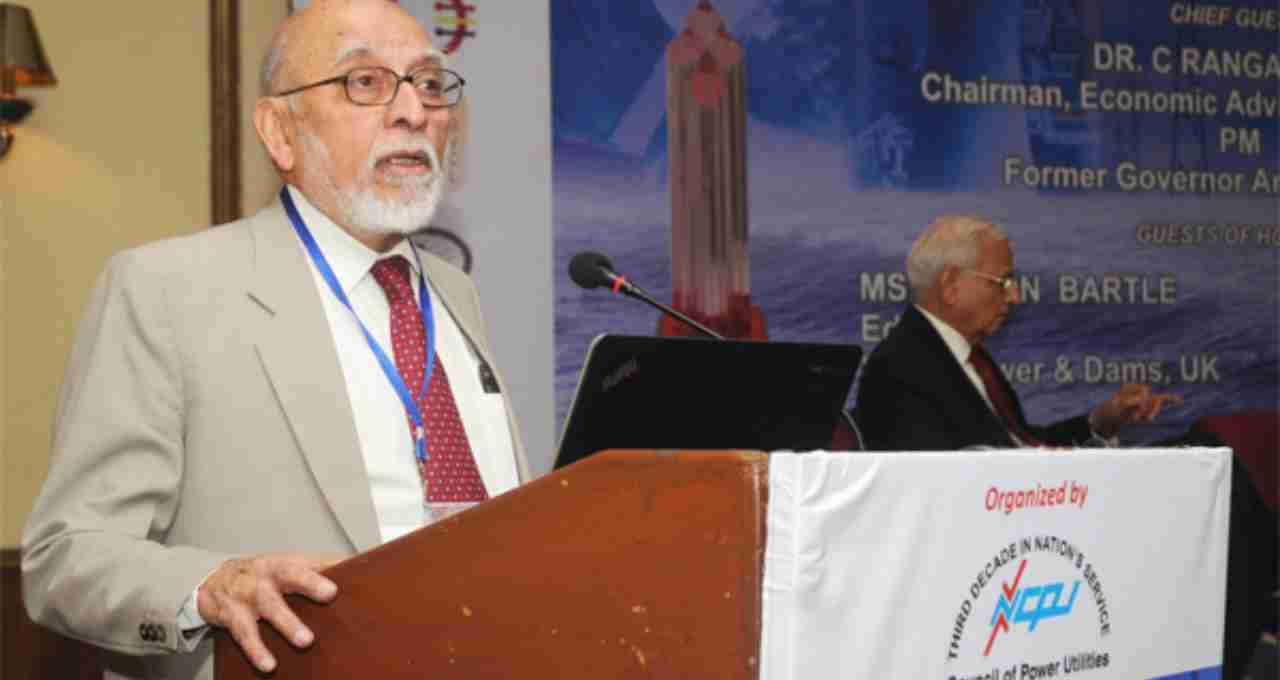
In 1952, he completed his master's degree and subsequently received a Ph.D. from the prestigious McGill University in Canada in 1954. His expertise was in gas turbine technology, which later proved revolutionary in India's energy sector.
Early Work with Homi Bhabha
Dr. Srinivasan joined the Department of Atomic Energy (DAE) in 1955. This was when he got the opportunity to work with Dr. Homi Jehangir Bhabha, considered the father of nuclear energy. He joined Bhabha's team and played a decisive role in the construction of India's first nuclear research reactor, 'Apsara.' This reactor was completed in 1956 and marked India's first step towards scientific self-reliance.
Dr. Homi Bhabha had planned India's long-term nuclear program. Unfortunately, Bhabha died in a plane crash in 1966. However, the responsibility of implementing his plans was taken up by Dr. Srinivasan and his team. After Vikram Sarabhai took command of the space program, Dr. Srinivasan and Dr. Homi Sethna together gave continuous momentum to the nuclear energy program.
Establishment and Leadership of NPCIL
In 1987, Dr. Srinivasan was appointed Chairman of the Atomic Energy Commission (AEC) and Secretary of the Department of Atomic Energy. In the same year, he established the Nuclear Power Corporation of India Limited (NPCIL) and became its first chairman. Under his leadership, 18 nuclear power units were built in the country, strengthening India's energy security.
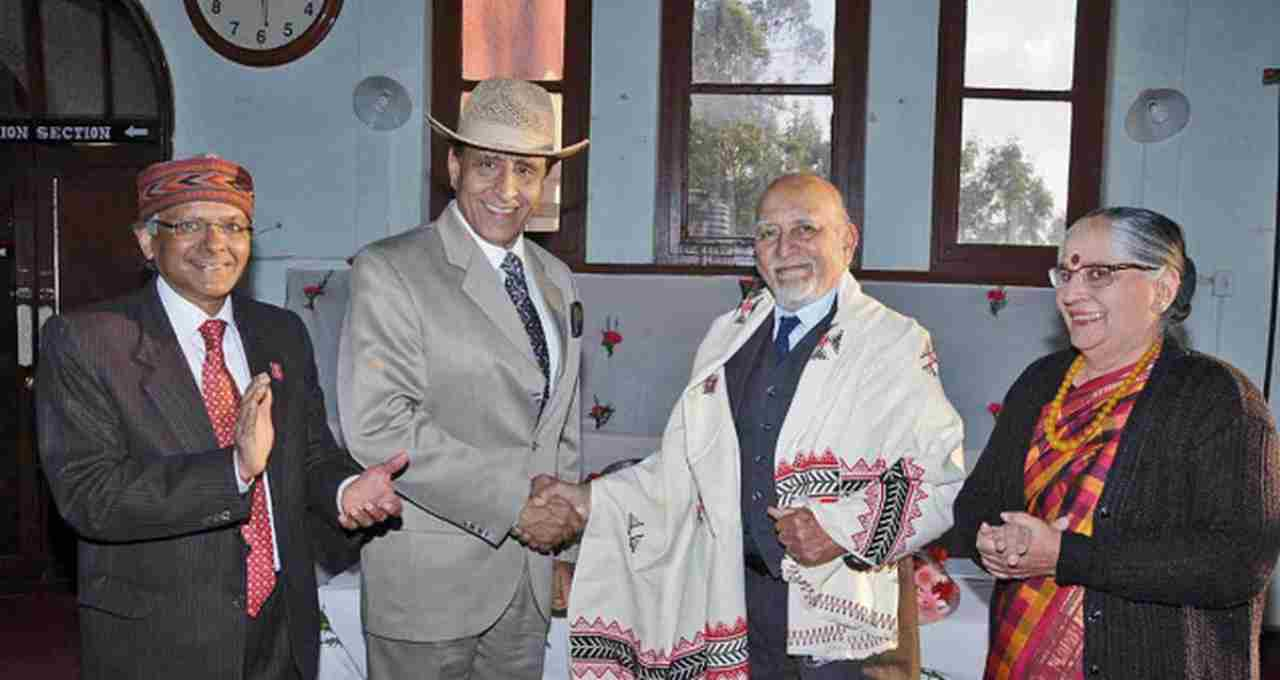
Dr. Srinivasan was not only a technical scientist but also a skilled administrative leader. From 1996 to 1998, he was a member of the Planning Commission of the Government of India. During this time, he guided the science, energy, and technology departments. He also served twice (2002-2004 and 2006-2008) as a member of the National Security Advisory Board. In this role, he contributed to formulating the country's energy strategy and scientific security framework.
Awards Equivalent to Bharat Ratna
The Government of India bestowed its highest honors upon him, recognizing his contributions with the Padma Shri (1984), Padma Bhushan (1990), and Padma Vibhushan (2015). These awards are not just honors but an acknowledgement of the scientific commitment that made India a powerful nuclear nation. Dr. Srinivasan's life is an inspiration for young people who view science and engineering not just as careers but as a means of national service. His contribution proves that technological self-reliance comes not only from laboratories but also from foresight, leadership, and a spirit of service.
